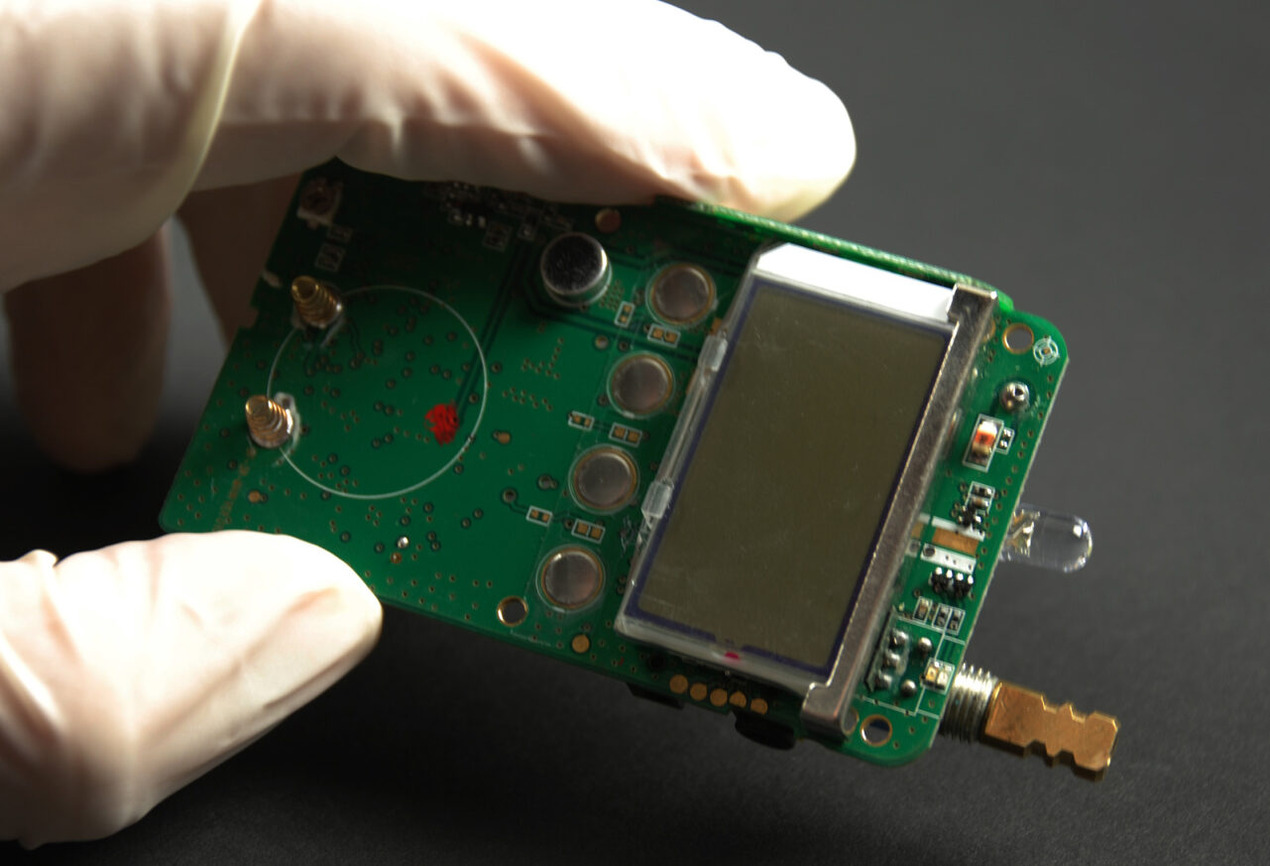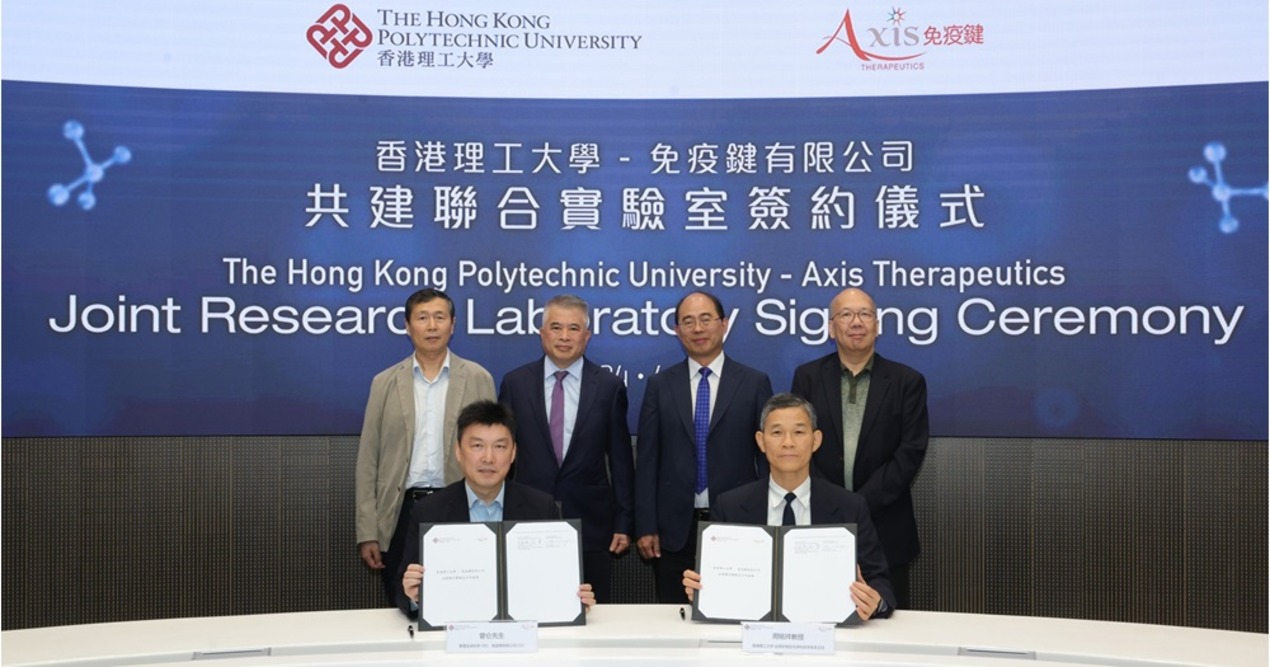
China has published an administrative regulation on major IT infrastructure security, which will take effect on September 1st . The regulation stipulates that key IT infrastructure projects, which refer to IT network facilities and information systems of major industries in key areas, will come under the country’s special protection.
Measures including monitoring, defence, and proper handling of cybersecurity risks and threats from both home and overseas will be carried out to ensure that relevant facilities are protected from attacks, intrusions, interference and sabotage. The regulation came as the country’s major IT infrastructure faces severe security challenges including frequent cyberattacks.
The regulation also called on operators of major IT infrastructure projects to bear their primary responsibility of maintaining the integrity, confidentiality and availability of relevant data. Requirements for these operators include conducting security checks and risk assessments every year and prioritising safe and creditable internet products and services in procurement.
Personal information and important data collected and produced by the operators during their operations within the Chinese mainland should be stored in the mainland, the regulation said, adding that security assessments will be necessary for business needs of providing such data overseas.
China’s cyberspace authority last month solicited public opinion for a draft revision to the country’s cybersecurity review regulations. According to the draft revision, information infrastructure and data operators that possess over 1 million items of personal information shall be subject to cybersecurity review before seeking a listing abroad.
Risks such as critical information infrastructure, core data, important data, or a large amount of personal information being influenced, controlled, or maliciously used by foreign governments after going public overseas will be evaluated in the review.
Last month, authorities launched an on-site cybersecurity review by a joint team of regulators on the ride-hailing company DiDi Chuxing. Observers believe that efforts to balance development and security have become a major issue facing the country’s digital and internet industries. The cybersecurity-related industry in China reached 170.2 billion yuan (26.2 billion U.S. dollars) in scale in 2020, according to the latest report issued at this year’s China Internet Conference.
An academician with the Chinese Academy of Engineering believes that the latest moves highlight strengthened governance in cyberspace. He, however, stressed that regulation does not mean discarding the development. It is about attaching equal importance to both sides. Strengthened governance will provide a healthier environment for the development of the internet sector, calling for greater emphasis on national security and protection of users’ rights in the process.
As reported by OpenGov Asia, Small and Medium-sized Enterprises (SMEs) in China are vulnerable to ransomware attacks since many do not have sophisticated cybersecurity systems. These are steps SMEs can take to improve their cybersecurity practices and protect themselves against ransomware and other cyber threats:
Cyber risk assessment
Before adopting a particular cybersecurity strategy, companies should conduct a risk assessment to identify what data and related assets are the most important for the organisation, their level of risk exposure, and how to manage any vulnerabilities. Then, companies can grasp their strengths and weaknesses in cybersecurity and develop strategies to address deficiencies.
Multifactor authentication and password strength
Multifactor authentication offers an additional layer of protection that makes hacking more difficult. In addition to a standard email password, for example, multifactor authentication necessitates at least one additional input, such as a personalised code sent to a user’s phone or secondary email address.
Create regular backups
Creating offline and online backups on a regular basis is an effective method of minimising the impacts of a ransomware attack or other cyber intrusion. Backups allow companies to restore enterprise data at a point in time before a cyber attack, thereby making them more resilient to the effects of an attack.
Developing an organisation-wide cybersecurity strategy
Given the ubiquity of internet technology in the functioning of virtually all companies – and the increasing sophistication of cyber attacks – corporate cybersecurity strategies can no longer be limited to IT departments. Rather, cybersecurity principles must be integrated into the day-to-day functioning of all departments, whether it be human resources or research and development.
















